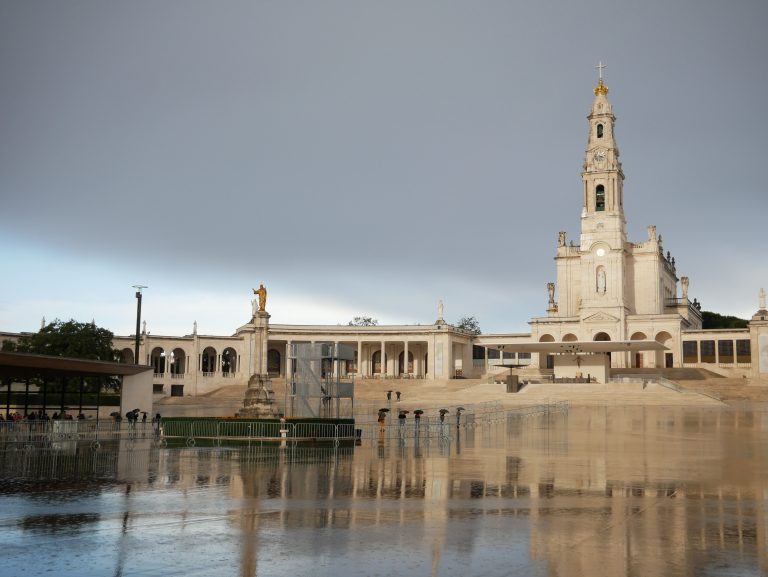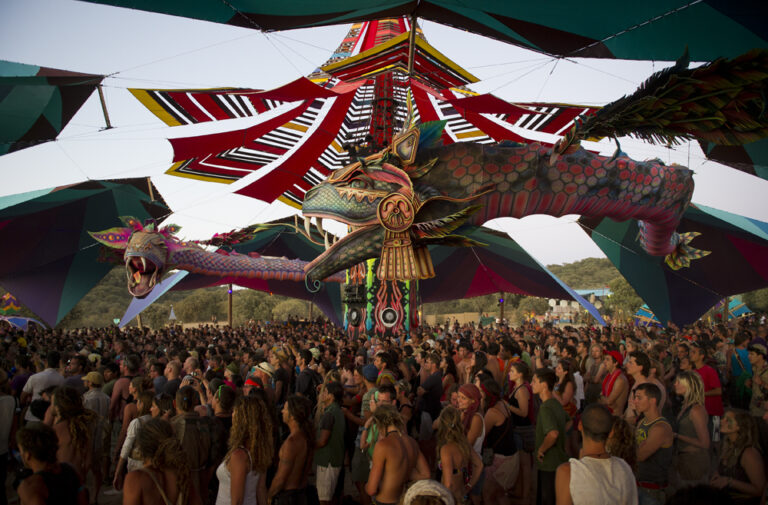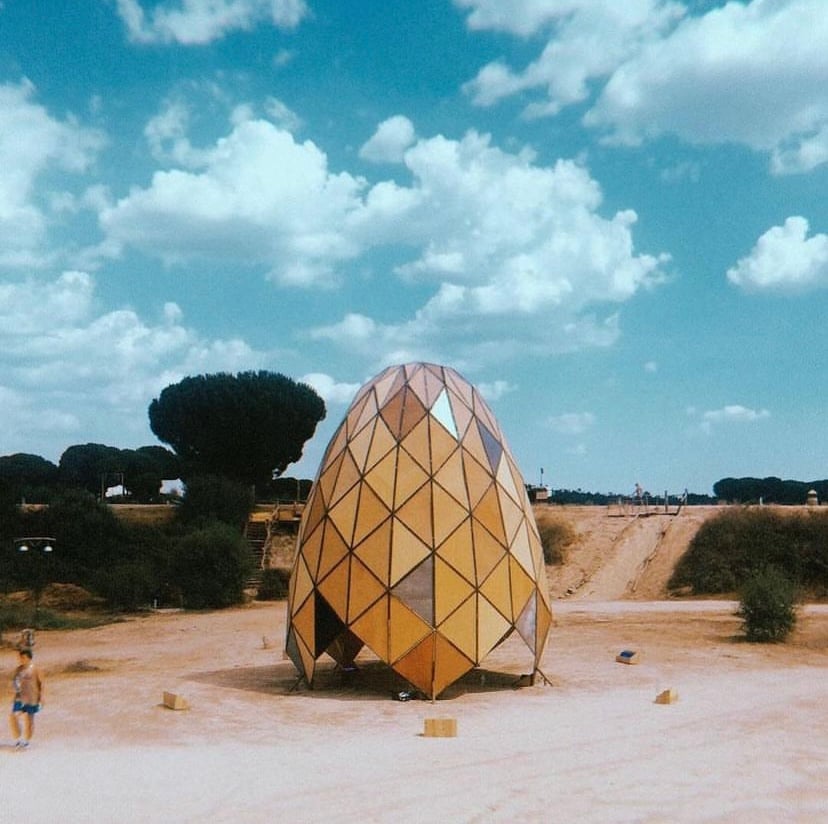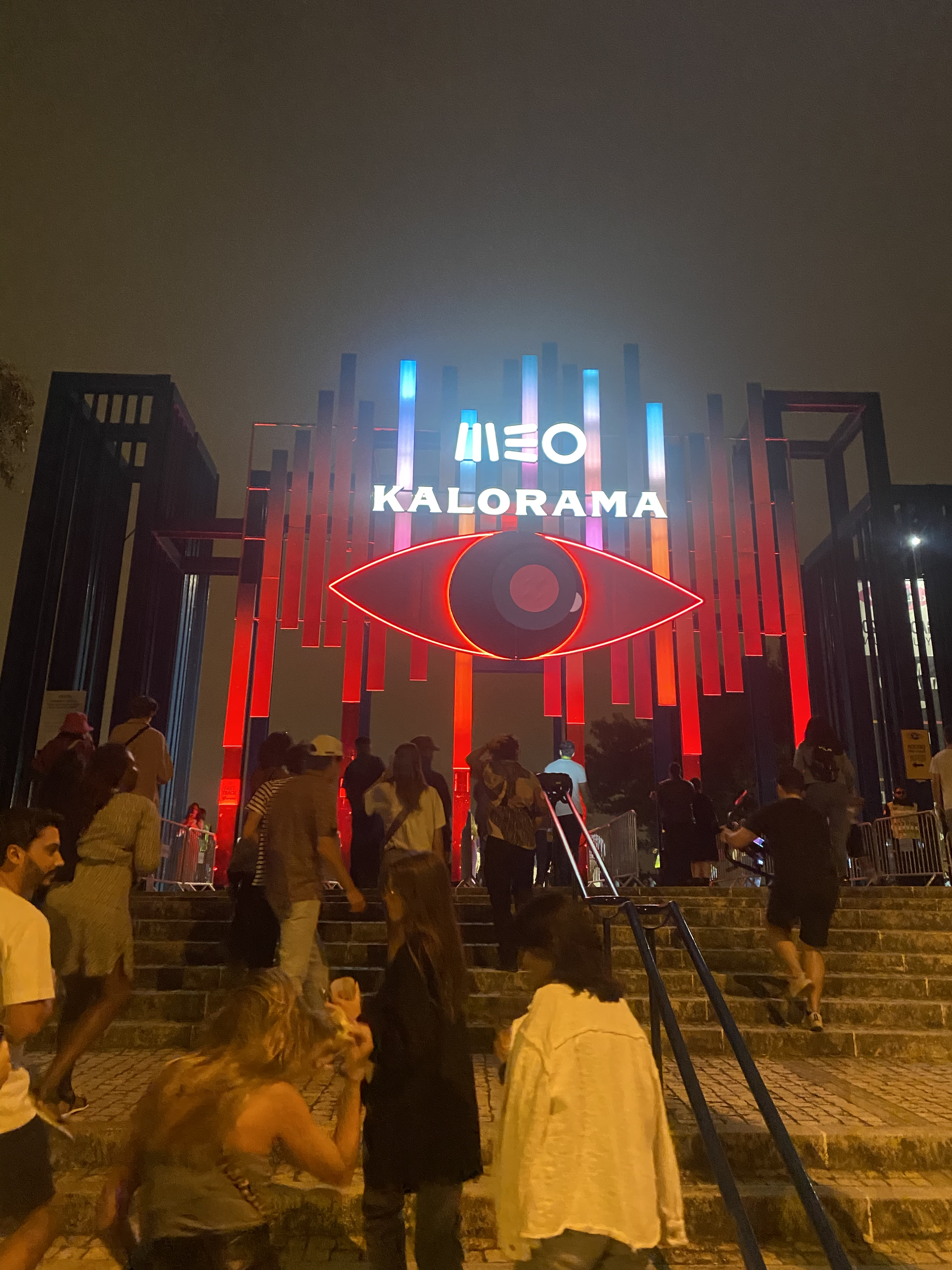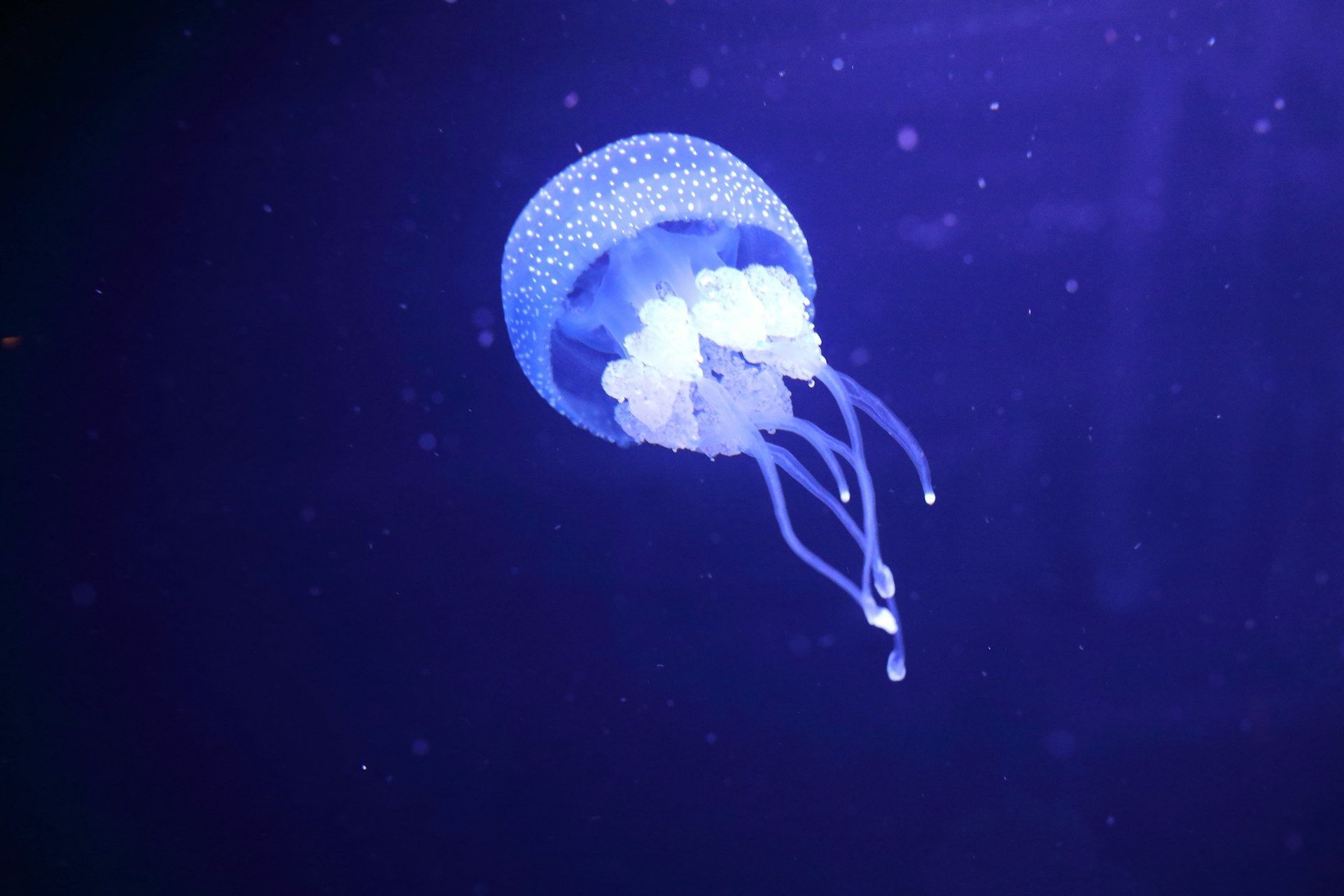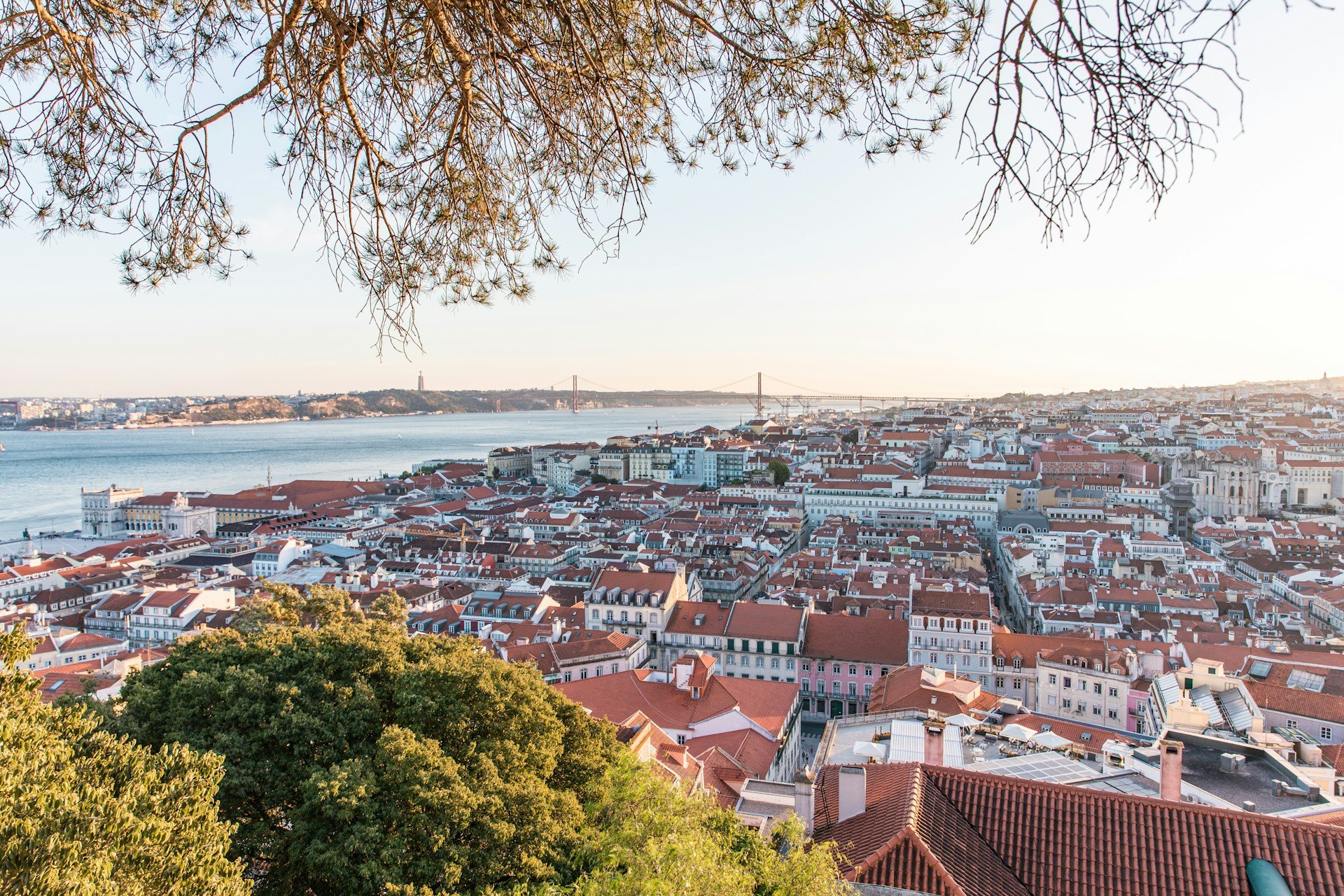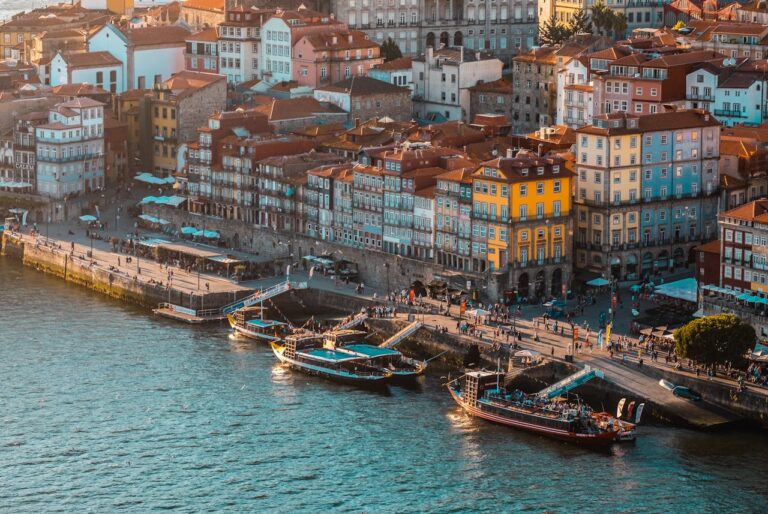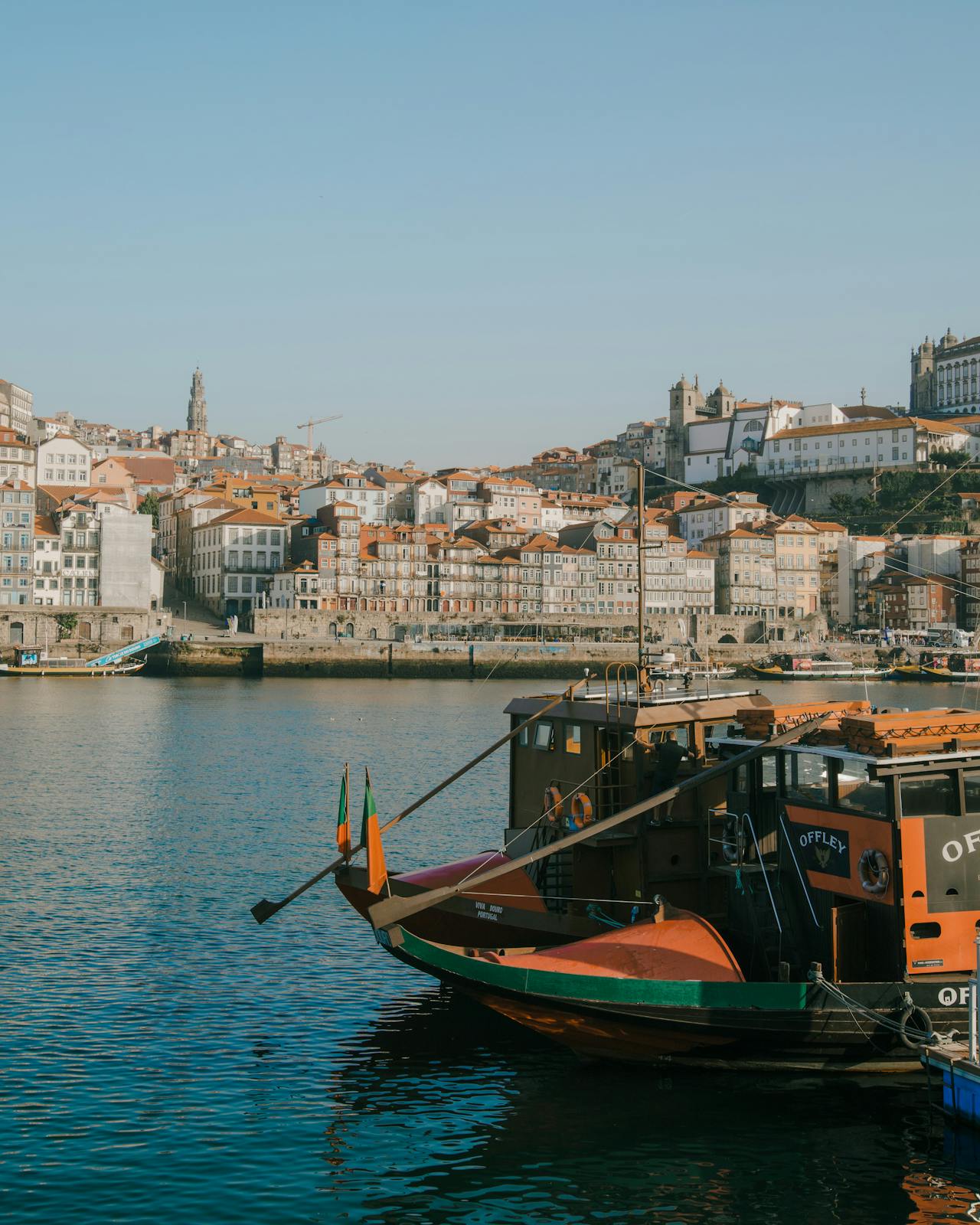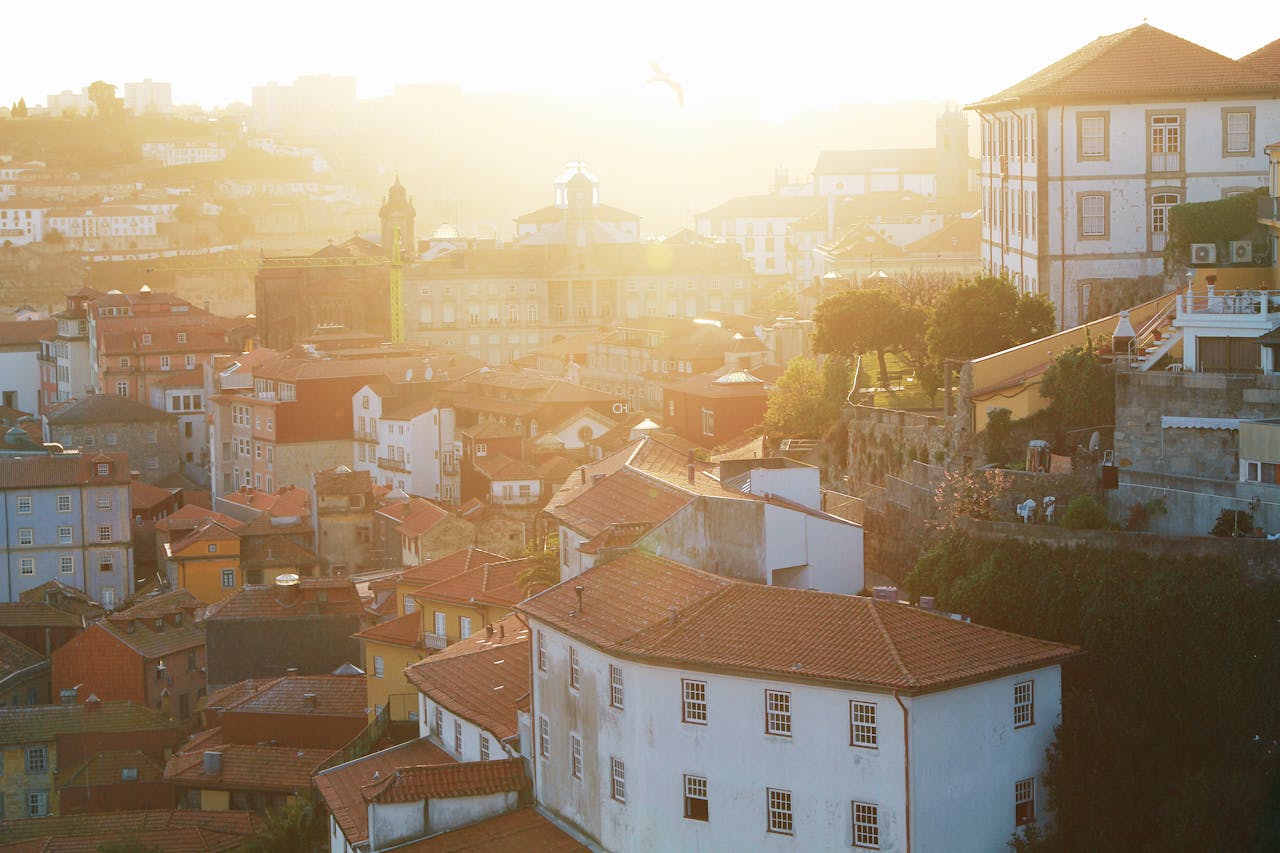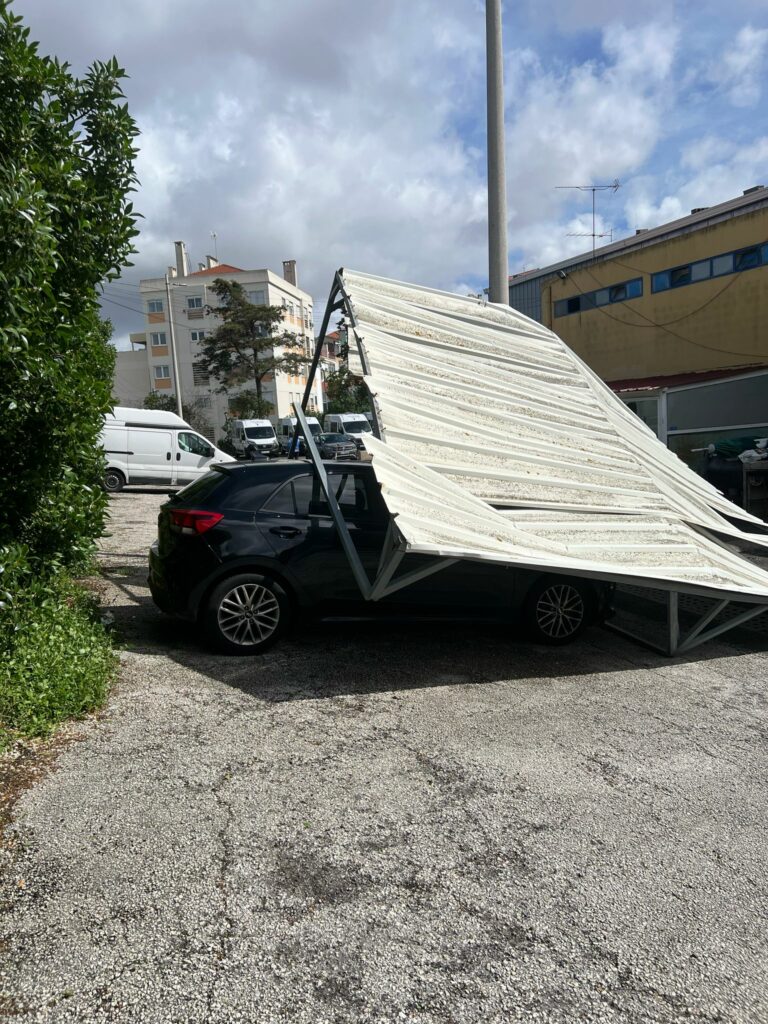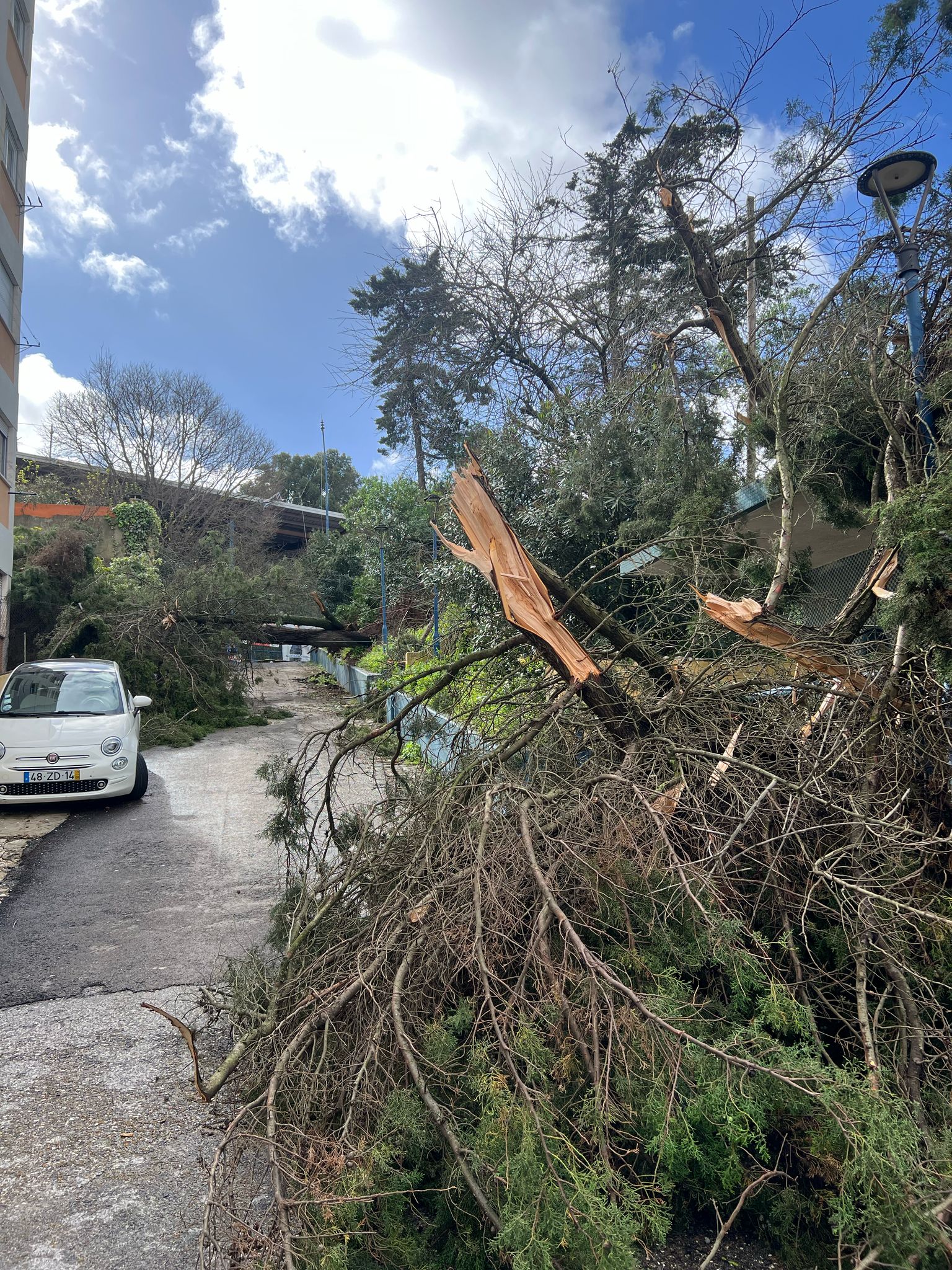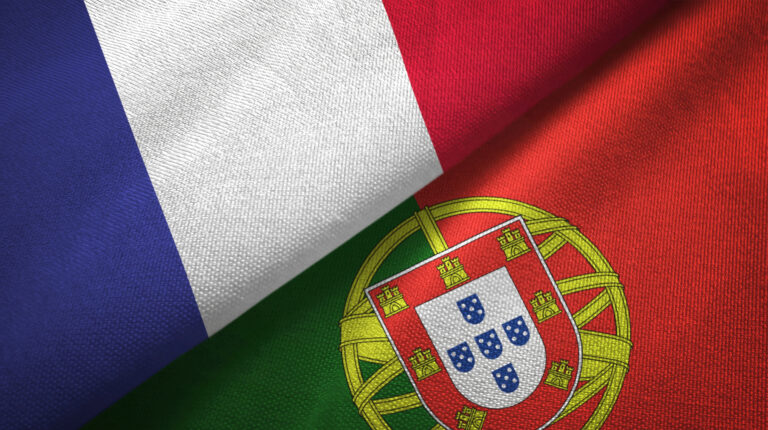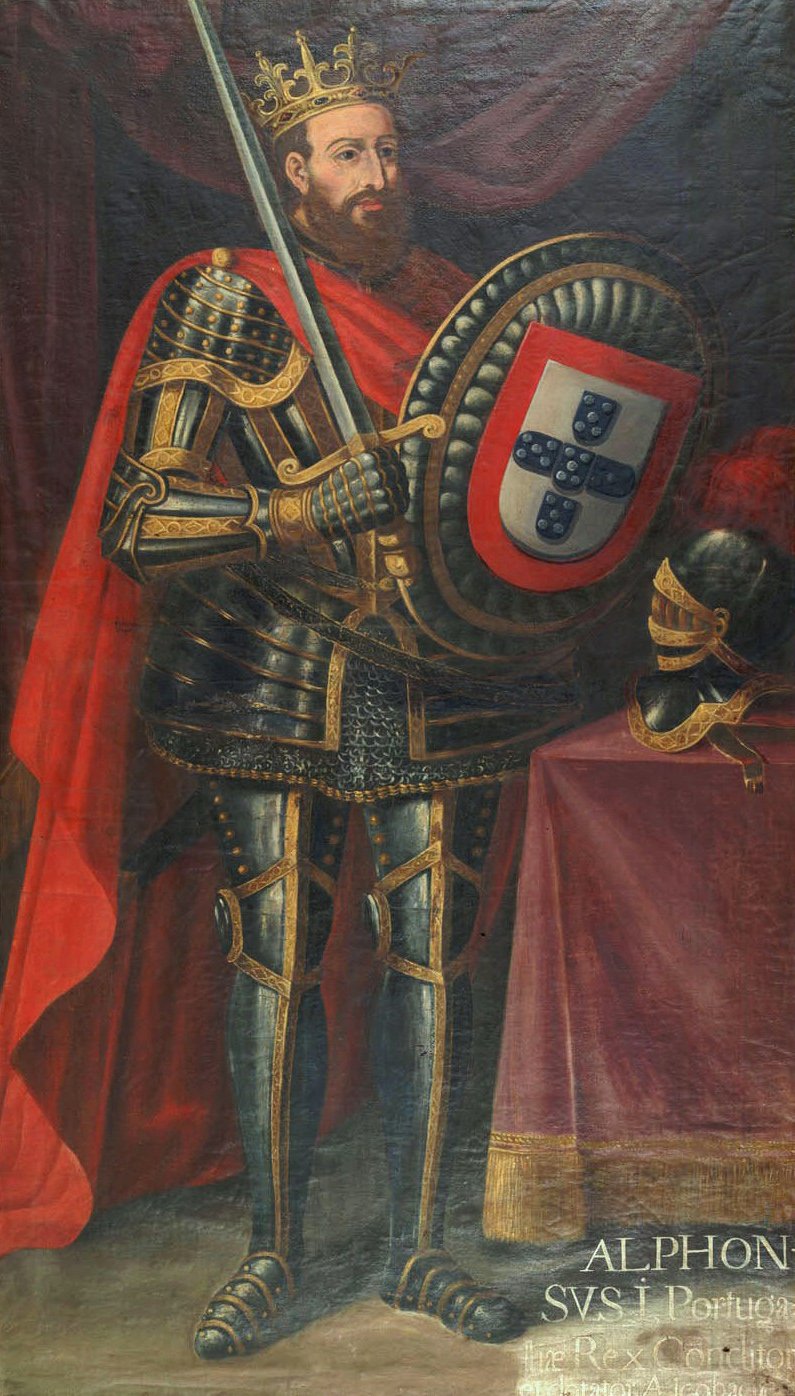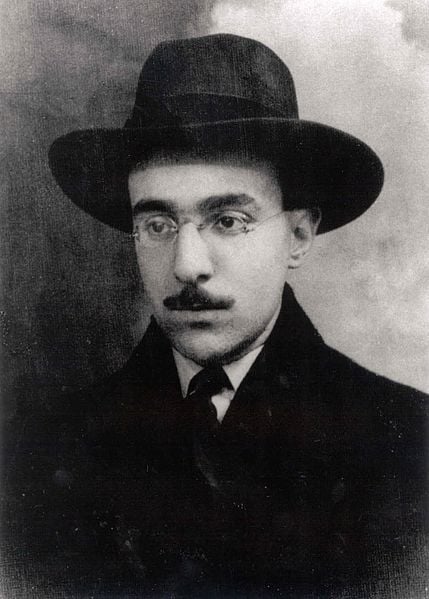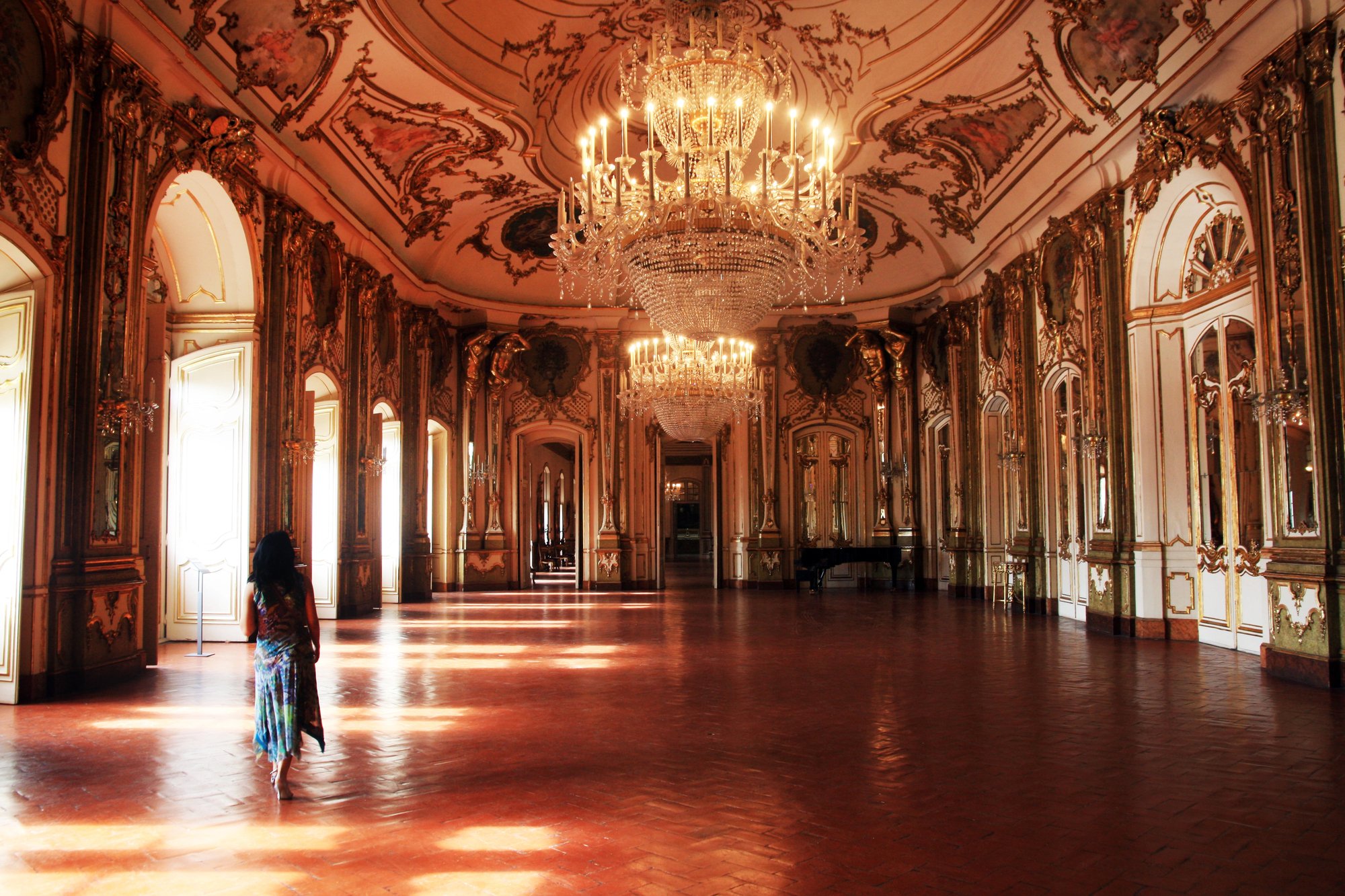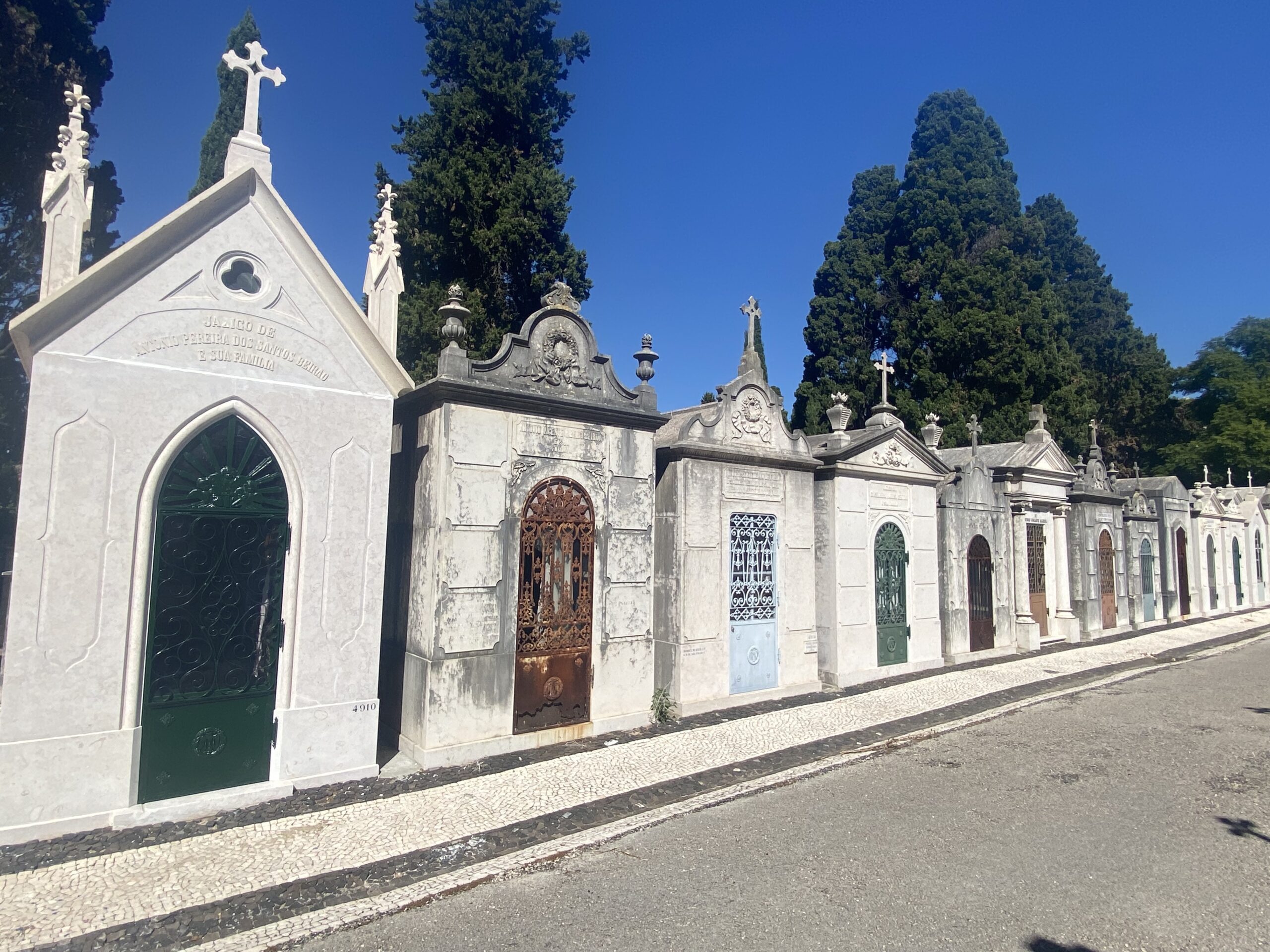1. Portuguese Company Indaqua Sells First Water Credits via Blockchain
Indaqua, a Portuguese water supply and wastewater treatment company, has launched the sale of water credits using blockchain technology, partnering with Swiss fintech Hypercube. The move allows businesses to offset their water consumption by purchasing tokenized credits corresponding to reused wastewater. These credits are similar to carbon credits and aim to reduce water footprints, with each credit representing 1 cubic meter of water reused in the Wastewater Treatment Plant (WWTP) in Matosinhos, which processes up to 90 m³ per day.
The process targets industries with high water consumption, such as agriculture and textiles, and provides an opportunity for companies to become “water-positive,” recovering more water than they consume. It seems possible to say that the credits serve as both an environmental compensation mechanism and a financial incentive for water and wastewater companies to expand their reuse operations.
Indaqua’s CEO highlights that the initiative addresses the challenge of transforming water and sanitation services from resource consumers to value creators. The company, which recently acquired Spanish competitor Hidrogéstion, plans to expand the blockchain model to other WWTPs in northern Portugal. For Hypercube, this project marks a strategic entry into Portuguese-speaking countries, including Brazil and Cape Verde, with the aim of promoting the widespread adoption of water credits globally.
Read more from our source here.
2. “Low” Rent Still Exists in Lisbon and Porto, but It Is Hard to Find
At the end of 2024, rents in Portugal increased by 9.3%, with Guimarães showing the highest growth (+20.3%) compared to other cities. Lisbon recorded the highest rents, reaching 15.93 €/m², followed by Cascais (15.31 €/m²) and Oeiras (13.80 €/m²). In contrast, neighborhoods such as Santa Clara in Lisbon (12.16 €/m²) and Ramalde in Porto (11.44 €/m²) remain among the areas with the lowest rents. Although rents continued to rise, the increase slowed down compared to the 11% surge observed in the final quarter of 2023.
According to data from the National Statistics Institute (INE), while prices are generally above the national average of 7.97 €/m², areas like Ramalde and Santa Clara stand out for their relatively lower rent prices. Other parts of Lisbon, such as Santa Maria Maior and Campo de Ourique, saw rents approaching 19 €/m², with significant variations across the country. The report highlights how rents in major cities continue to climb, with Lisbon, Porto, and Cascais setting the highest standards.
In terms of rental contract activity, Lisbon registered the largest number of new contracts (9,463), a 4.6% rise compared to the previous year. Porto (4,854), Vila Nova de Gaia (3,353), and Sintra (3,107) also saw high contract volumes. Funchal experienced the most significant rent deceleration (-22 percentage points), while Guimarães saw the greatest acceleration in rent increases. This trend highlights both the ongoing demand for rental properties and the varying regional dynamics shaping the housing market across Portugal.
Read more from our source here.
3. Gouveia e Melo Outlines Key Themes for the Legislative Elections
Admiral Gouveia e Melo identifies prosperity, equity, security, and freedom as central themes for the upcoming legislative elections, calling for political parties to be clear and objective without avoiding difficult issues. He stresses that informed decisions can only be made with adequate information and lays out a plan to expand Portugal’s economic base while strengthening ties with the EU and exploring strategic partnerships. He also advocates for leveraging Portugal’s geographic advantages to develop a logistics hub, especially through maritime, air, and rail transportation.
The Admiral warns against relying on microenterprises, emphasizing the need for a reliable, fair, and stable institutional ecosystem. He believes Portugal should position itself as a global player, focusing on emerging markets like Africa, Latin America, and Asia. He calls for a focus on the sea and defense, noting that much remains to be done in Portugal’s maritime economy and that the country “seems to have misunderstood the importance of its position.” In education and training, he pushes for a culture of demand and prioritizing digital and technological skills.
When it comes to immigration, Gouveia e Melo advocates for policies aligned with national needs to address the “demographic winter,” promoting the welcoming of other cultures while maintaining that “tolerance cannot allow intolerance.” On housing, he stresses investment in industrialized and modular production to increase availability and reduce costs. Last but not least, he concludes by emphasizing the importance of a strong middle class for economic success and calls for a model focused on social justice, environmental sustainability, and collective well-being.
Read more from our source here.
4. New Poll Shows Democratic Alliance Surpassing PS and Decline of Chega
The coalition between PSD and CDS-PP (26.5%) has surpassed and distanced itself from the PS (23.1%) in voter intentions since the collapse of the government, according to the latest poll by Intercampus for Correio da Manhã and Jornal de Negócios. The Democratic Alliance and the Socialists are now separated by just over three percentage points, which is close to a technical tie, as the margin of error for the poll is around 4%. On the other hand, there are now almost 14% of undecided voters (compared to 11.3% earlier this month), which could still shift the balance.
Although remaining in third place, Chega has fallen more than four percentage points, from 16.4% to 12.3%, while Iniciativa Liberal has risen to 9.2%. On the left, only Livre has slightly increased its voter intentions to 4%, staying ahead of Bloco de Esquerda (2.7%), PAN (2.7%), and CDU (1.8%).
In an interview with Público, the Minister of Infrastructure emphasizes that Luís Montenegro “is the face of ‘no means no’” to Chega, and that it is “‘no means no’ until the end.” “It became clear that this was the path – there could have been others – but this one is a winning one,” said Miguel Pinto Luz, less than two months before the upcoming early legislative elections. Although he had previously stated that an alliance with Chega was “possible,” the official changed his position, saying that “Chega and André Ventura from five years ago are not the same as those we have now.” “Today, the assessment I make is that the path the government has taken is the most correct one,” he reiterates.
Read more from our source here.
5. Americans Companies Are Eyeing the Portuguese Data Center Market
American companies Digital Realty and Prime Data Centers have been eyeing the Portuguese market for data centers, drawn by proximity to submarine cables and renewable energy access. Both based in Texas, these companies are already active in Spain and have recently started monitoring Portugal’s growing potential in the sector. Digital Realty, valued at $50 billion, operates several European data centers, including four in Madrid, and is considering future investment in Portugal. Similarly, Prime Data Centers is analyzing the market, though it currently prioritizes Spain, Germany, and Nordic countries.
Data centers in Portugal are set to attract over €12 billion in investments in the next five years. Note that the data center market is increasingly important due to global demand for computing power and renewable energy. The national sector’s growing appeal is attributed to Portugal’s energy infrastructure and geographic advantages, with other companies like Equinix also confirming further investments in Lisbon.
The country’s low susceptibility to natural disasters, proximity to critical submarine cables, and energy supply make it an attractive destination for foreign investments. The ongoing Start Campus project in Sines, slated to reach 1.2 GW capacity by 2030, exemplifies the scale of investment, with additional investments expected from major players like Equinix and others.
Read more from our source here.
6. Portuguese Ports Grow 6% with 88 Million Tons of Cargo Handled in 2024
The Portuguese government announced that the mainland ports handled 88 million tons in 2024, a 6% increase compared to the previous year, driven by the performance of Sines. “According to provisional data from the port authorities, the Portuguese port system on the mainland recorded a global growth of 6% in the total volume of cargo handled in 2024, reaching 88 million tons, compared to 82.8 million tons in 2023,” stated the Ministry of Infrastructure and Housing in a press release.
During this period, general cargo increased by 3%, surpassing 5.7 million tons, containerized general cargo grew 11% to more than 37 million tons, and roll-on roll-off cargo grew by 2%. On the other hand, liquid bulk rose 7% to nearly 30 million tons, while solid bulk decreased, though the government did not provide specific details.
Note that, as mentioned, the 2024 growth was largely due to the performance of the Port of Sines, which rose 11%, particularly due to the increase in traffic on the Cape route. In 2024, Sines alone was responsible for 54% (47.8 million tons) of the total cargo handled. During this period, container traffic increased by 11% to 3.3 million TEU (the standard measurement for a space equivalent to a container approximately 6.1 meters in length).
Read more from our source here.
7. Portuguese University Students Set Their Sights on Europe. Portugal Doesn’t Pay For The Dreams They Have For The Future
Portuguese students are increasingly looking to build their futures outside Portugal due to low salaries and limited opportunities. The financial struggle, paired with high living costs in Portugal, leads many young professionals to seek better prospects in countries like Germany and Switzerland. For example, Margarida Rodrigues, a student from ISEG who is now interning at the European Central Bank (ECB), earns 1,170 euros/month, supplemented by a housing allowance. This contrasts sharply with the average for non-intern starting roles in Portugal, where wages are around 1,400 euros/month – something that, considering the cost of life, is not enough.
Former students like Dina Henriques, who now works at the ECB, also emphasize that while salary is a factor, the opportunity to contribute to European institutions and the allure of living abroad are other major drivers for their decisions. Despite the challenges of moving somewhere else, there is a sense that financial compensation and career growth opportunities abroad outweigh what Portugal offers. However, many students acknowledge that, if Portugal could provide better wages and more career prospects, they would likely stay. But, the truth is that the financial reality forces them to look elsewhere.
Note that this trend is compounded by the fact that Portugal’s financial reality cannot compete with the opportunities available in larger European cities. Considering the status quo in Portugal, for many students, the pursuit of higher salaries and international experience becomes a necessity. The desire to thrive, not just survive, pushes them to leave, hoping for better financial rewards and career opportunities that Portugal simply cannot offer.
Read more from our source here.
8. Expo Padel World Returns to Lisbon
The Expo Padel World returns to Lisbon on May 31 and June 1 at the MEO Arena’s Sala Tejo, offering nine continuous hours of padel. After the success of last year’s fair, the event promises to bring even more activities for fans, including games, talks, and clinics. The focus remains on celebrating the growth of padel, with the event expanding to include exhibitors from various fields like equipment, innovation, clubs, and health.
Catarina Ribeiro, the event’s communication and marketing head, emphasized the impressive rise of padel and the fair’s goal to continue promoting the sport, brands, and enthusiasts. Note that the 2025 edition of the Expo Padel World will feature training sessions, the Experience Padel Summit, and other exciting opportunities for enthusiasts. The event seeks to highlight the booming popularity of padel, attracting visitors eager to engage with the sport.
Tickets are priced at 6€ for a single day and 10€ for a two-day pass, and attendees can purchase them online or directly at the event.
Read more from our source here.
9. French Artist JR Debuts in Lisbon with Exhibition at Underdogs Gallery
The Underdogs gallery in Beato, Lisbon, presents “JR: Through My Window”, an exhibition featuring 36 lithographs from JR’s iconic projects. Known for his sociopolitical interventions and expertise in graffiti, photography, and film, the french artist, JR, shares not only images but the stories behind them via QR codes with the artist’s voice. His work, including optical illusions over images of the pyramids of the Louvre and Egypt, has traveled worldwide. This exhibit offers a “continuous window into JR’s world,” capturing transient interventions that left lasting marks on communities and sparked global dialogue.
The exhibition, running until April 19, emphasizes JR’s humanitarian work and impact on diverse audiences, showcasing pieces that evoke emotion and dialogue. The catalog of limited editions will be available for purchase, and early access for online pre-sale runs from March 26 to 28. JR’s Inside Out Project, which invites participants to join a global mural, will be part of the opening, with a photo booth parked outside the gallery. Visitors can take black-and-white photos, contributing to a public mural of unknown faces.
Note that, apart from this exhibition, a future artistic intervention between JR and Portuguese artist Vhils, known as Alexandre Farto, is set to be unveiled in Lisbon. This collaboration will highlight the merging of their distinct artistic perspectives and will be part of the expansion of JR’s interactive and immersive art style.
Read more from our source here.
10. ARCOlisboa 2025: 82 Galleries from 17 Countries
ARCOlisboa, 8th edition, returns to the Cordoaria Nacional from May 30 to June 1, featuring 82 galleries from 17 countries and 470 artists. The fair is divided into three main sections, offering a mix of premieres, fresh faces, and returning names. The largest section, “General Program”, includes 61 galleries, featuring both newcomers like Duarte Sequeira and Each Modern, and veterans such as Nuno Centeno and Fonseca Macedo.
“The Opening Lisboa” section will showcase new spaces and art forms, highlighting 16 galleries, including Contemporary Cluster and ADZ Gallery. Meanwhile, the “As Formas do Oceano” section, curated by Paula Nascimento and Igor Simões, presents five galleries focusing on the African diaspora and African continent relations. Note that ArtsLibris will also join the fair, exhibiting art publications in a free public space, with debates and presentations at the ArtsLibris Speakers Corner.
ARCOlisboa promises an enriching experience, celebrating contemporary art in a vibrant cultural space. Free entry for under-25s is available from 3 PM on May 30 and 31, while tickets for the event are available for both single and multi-day access.
Read more from our source here.


